Rising Humidity Levels
The increasing prevalence of high humidity levels in various regions appears to be a primary driver for the Air Dehumidifier Market. As urbanization continues to expand, many areas experience elevated moisture levels, leading to discomfort and potential health issues. According to environmental data, regions with high humidity often report increased instances of mold and mildew, which can adversely affect indoor air quality. This trend has prompted consumers and businesses alike to invest in air dehumidifiers to mitigate these effects. The market for air dehumidifiers is projected to grow as awareness of the health implications associated with high humidity rises, indicating a robust demand for effective moisture control solutions.
Technological Innovations
Technological advancements in air dehumidifier design and functionality are significantly influencing the Air Dehumidifier Market. Innovations such as smart dehumidifiers equipped with Wi-Fi connectivity and advanced sensors are becoming increasingly popular among consumers. These devices allow users to monitor and control humidity levels remotely, enhancing convenience and efficiency. Furthermore, energy-efficient models are gaining traction, as they not only reduce electricity consumption but also lower operational costs for users. The integration of these technologies is expected to attract a broader customer base, including tech-savvy consumers and environmentally conscious individuals. As manufacturers continue to innovate, the market is likely to witness sustained growth, driven by the demand for more effective and user-friendly dehumidification solutions.
Climate Change and Weather Variability
The impact of climate change and associated weather variability is likely to drive the Air Dehumidifier Market in the coming years. As weather patterns become increasingly unpredictable, many regions are experiencing more extreme humidity levels, which can lead to discomfort and health concerns. This variability necessitates the use of air dehumidifiers to maintain comfortable and safe indoor environments. Market analysis suggests that consumers are becoming more proactive in addressing humidity issues, particularly in areas prone to heavy rainfall or flooding. As awareness of climate-related challenges grows, the demand for air dehumidifiers is expected to rise, positioning the market for continued expansion as individuals seek effective solutions to combat the effects of changing weather patterns.
Regulatory Standards and Building Codes
The implementation of stricter regulatory standards and building codes related to indoor air quality is emerging as a significant driver for the Air Dehumidifier Market. Governments and regulatory bodies are increasingly recognizing the importance of maintaining healthy indoor environments, leading to the establishment of guidelines that promote the use of air dehumidifiers in residential and commercial buildings. Compliance with these regulations often necessitates the installation of dehumidification systems, thereby boosting market demand. Additionally, as new construction projects arise, builders are more likely to incorporate dehumidifiers into their designs to meet these standards. This trend indicates a potential for growth in the air dehumidifier market, as adherence to regulations becomes a priority for both builders and property owners.
Increased Awareness of Indoor Air Quality
There is a growing recognition of the importance of indoor air quality, which significantly influences the Air Dehumidifier Market. Consumers are becoming more informed about the health risks associated with poor air quality, including respiratory issues and allergies. This awareness has led to a surge in demand for air dehumidifiers, as they play a crucial role in maintaining optimal humidity levels and improving overall air quality. Market Research Future indicates that households and commercial spaces are increasingly investing in air dehumidifiers as part of their health and wellness strategies. The trend suggests that as more individuals prioritize their living environments, the air dehumidifier market is likely to expand further, driven by the need for cleaner, healthier indoor air.


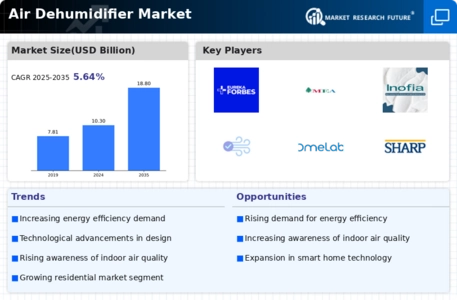
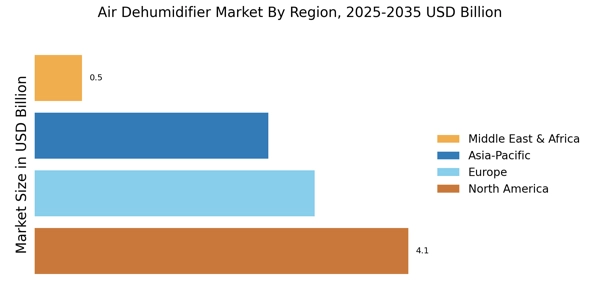
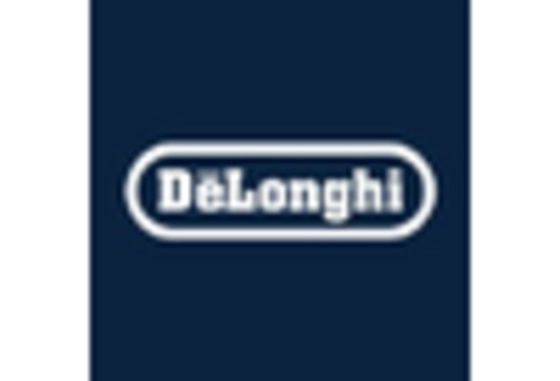
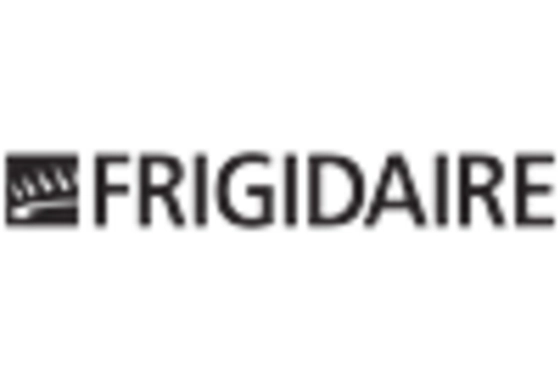

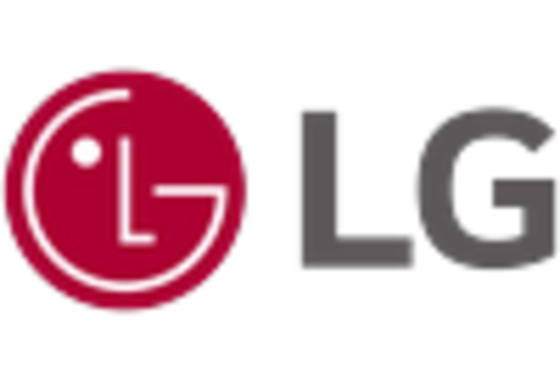
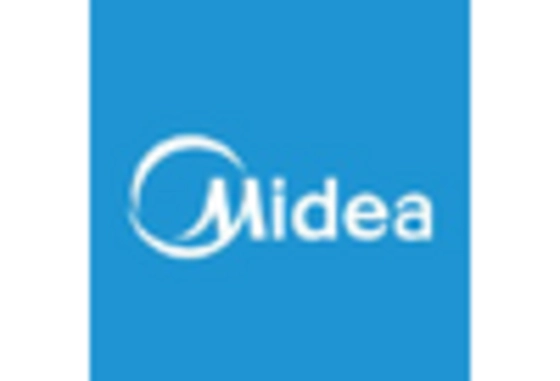









Leave a Comment